Deschloroketamine (DCK) is a research dissociative and NMDA receptor antagonist used in neuropharmacological studies. For lab use only.
2-Oxo-PCM (Deschloroketamine)
$180.00 – $3,600.00
Buy Deschloroketamine Online
Deschloroketamine, commonly abbreviated as DCK, is a dissociative anesthetic compound structurally related to ketamine, but lacking a chlorine atom on its aryl ring. It is used in scientific research to study its effects on the central nervous system, particularly its interaction with NMDA receptors. DCK produces dissociative and anesthetic-like effects in experimental Enigmatic Pharma models, making it valuable for exploring altered states of Klimax Berry Liquid Incense consciousness, neuroplasticity, and potential therapeutic applications.
Due to its unique pharmacological profile, Deschloroketamine is often included in studies comparing the efficacy and safety of dissociative anesthetics. It also serves as a reference compound in forensic and toxicological analysis.
Product Specifications: Deschloroketamine (DCK)
-
Chemical Name: 2-Phenyl-2-(methylamino)cyclohexanone
-
Common Name: Deschloroketamine (DCK)
-
IUPAC Name: (±)-2-(methylamino)-2-phenylcyclohexanone
-
Molecular Formula: C13H17NO
-
Molecular Weight: 203.28 g/mol
-
CAS Number: 4631-27-0
-
Class: Arylcyclohexylamine / Dissociative anesthetic (research chemical)
-
Purity: ≥98% (research-grade)
-
Form: Crystalline powder
-
Appearance: White to off-white powder
-
Solubility: Soluble in ethanol, DMSO, and other organic solvents
-
Mechanism of Action: NMDA receptor antagonist (similar to ketamine)
-
Pharmacological Profile: Dissociative, anesthetic-like effects in experimental models
-
Usage: For laboratory and neuropharmacological research only
-
Packaging: Airtight, tamper-evident container
-
Storage Conditions: Store in a cool, dry place away from light and moisture
-
Shelf Life: Up to 2 years when stored properly
Benefits of Deschloroketamine (DCK) – For Research Use Only
-
NMDA Receptor Study: Offers insight into the role of NMDA antagonism in neurochemical processes, useful for studying dissociative states and potential therapeutic pathways.
-
Alternative to Ketamine: Structurally similar to ketamine but with unique binding characteristics, making it valuable for comparative pharmacological research.
-
Supports Neuropsychiatric Research: Used in exploring potential treatments for depression, PTSD, and other mood disorders in preclinical studies.
-
Dissociative Modeling: Effective in modeling altered states of consciousness and cognitive disruption in lab environments.
-
High Purity and Consistency: Supplied as a ≥98% pure research chemical to ensure reliable, reproducible results.
-
Stable Compound: Chemically stable under proper storage conditions, ideal for long-term research projects.
-
Useful in Toxicological Analysis: Serves as a reference material in forensic and toxicology labs investigating novel psychoactive substances.
Note: Not for human or veterinary use. For laboratory research only, handled by qualified professionals in compliance with local regulations.
Need More Product Order Now
| Quantity | 10g, 25g, 50g, 100g, 500g, 1000g |
|---|

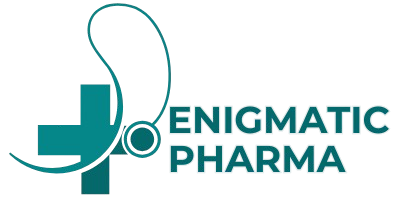
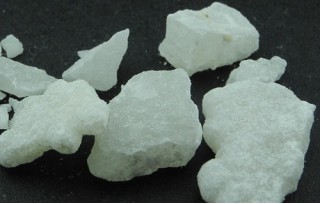
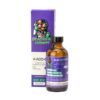


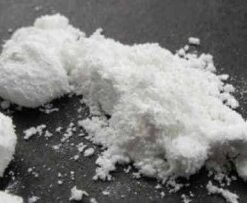
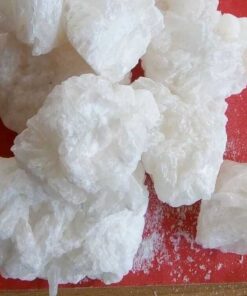



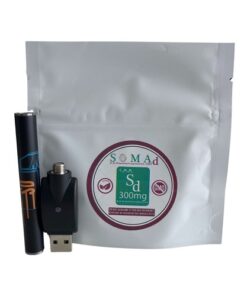

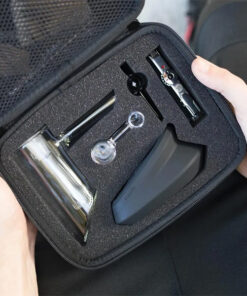
Reviews
There are no reviews yet.